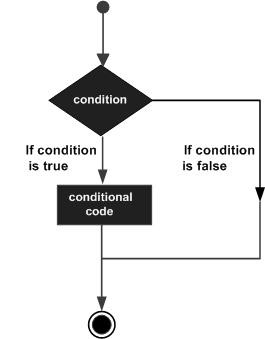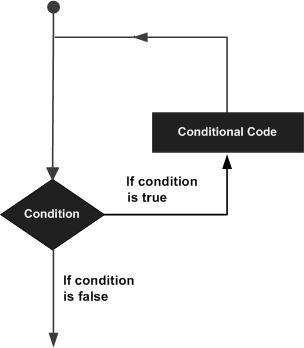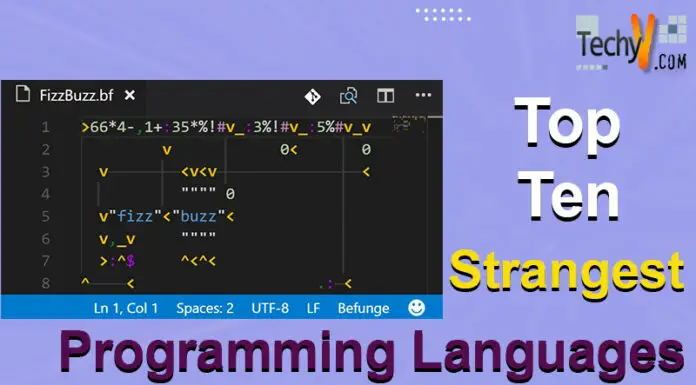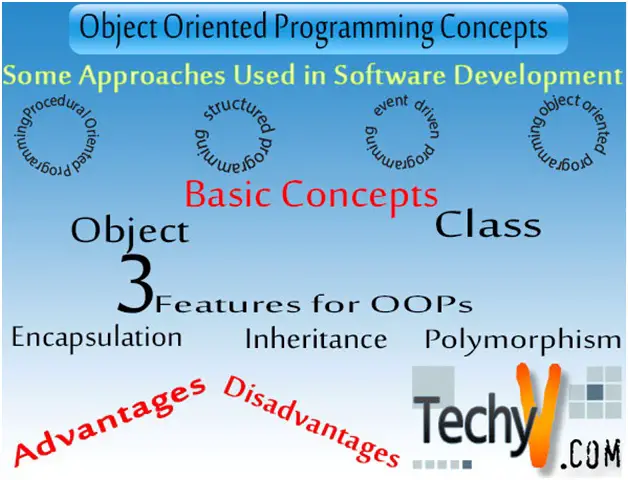It is the world of new emerging technologies, applications, software, etc. From a simple text message to highly advanced robotics, we need coding. It is the most important part of the technical field. There is no developer without the coding knowledge. To make software, websites, applications, etc. we need to code a lot. There are many languages and methods to code; among them, object-oriented programming languages have gained their attention. There are many object-oriented programming languages such as Java, Python, Ruby, etc. Now we will learn about the object oriented programming and how is it useful.
Object Oriented Programming is nothing but coding based on the real-time environment, i.e., whatever is present around us. To put it simply, a paradigm where everything is referred to as an object is known as an object-oriented programming language. Such a language is Java.
While designing an application we may feel the need of decision-making talent for the code. That means reacting to different situations and then providing the output. For example, we can say that the person is eligible to vote if he/she is more than 18 years old and not eligible if he is younger. So, this type of decision-making skills and the comparison is needed in the coding.
In Java, Decision-making structures are available to test or evaluate the program by providing some conditions and set of statements in it which are to be executed. It goes in this way if the condition provided by the programmer is satisfied, a certain set of statements are performed, if not the other set of statements are to be executed.
For decision-making structures, there is a standard format followed in almost all the programming languages.

Following are some of the conditional statements provided by Java
1. if statement: It consists of a Boolean expression, and set of statements in it.
2. if…else statement: It consists of else optional statements, where if a condition is false, these set of statements are executed.
3. nested if statements: To use many if and else if statements within the if and else if statements.
4. switch statement: From a list of given values, a variable is allowed to test, for equality.
Some situations may occur where some set of statements have to be frequently executed in a block several numbers of times. In the list, the first statement is executed first and then follows the others.
To do this, the control structures called loop statements is present in most of the programming languages

1. While loop: Set of statements are repeated if the condition of the executing loop is true.
2. For loop: Code of the loop variable is abbreviated, a sequence of statements is executed multiple times one after the other.
3. Do…while loop: It is similar to the while loop but here the condition is tested at the end of the loop
Though the notation of implementing these structures are different but the format and functioning of these structures is same in all programming languages.


















